Cats come in a dazzling array of colors, sizes, and patterns. While all felines are charming in their own right, some breeds are particularly noted for their extraordinary fur patterns. These unique coats captivate cat enthusiasts worldwide, each telling a different story of genetic diversity and adaptation. In this article, we explore nine breeds known for their unusual fur patterns, offering insights into their striking appearances and what makes them special.
Bengal: The Miniature Leopard
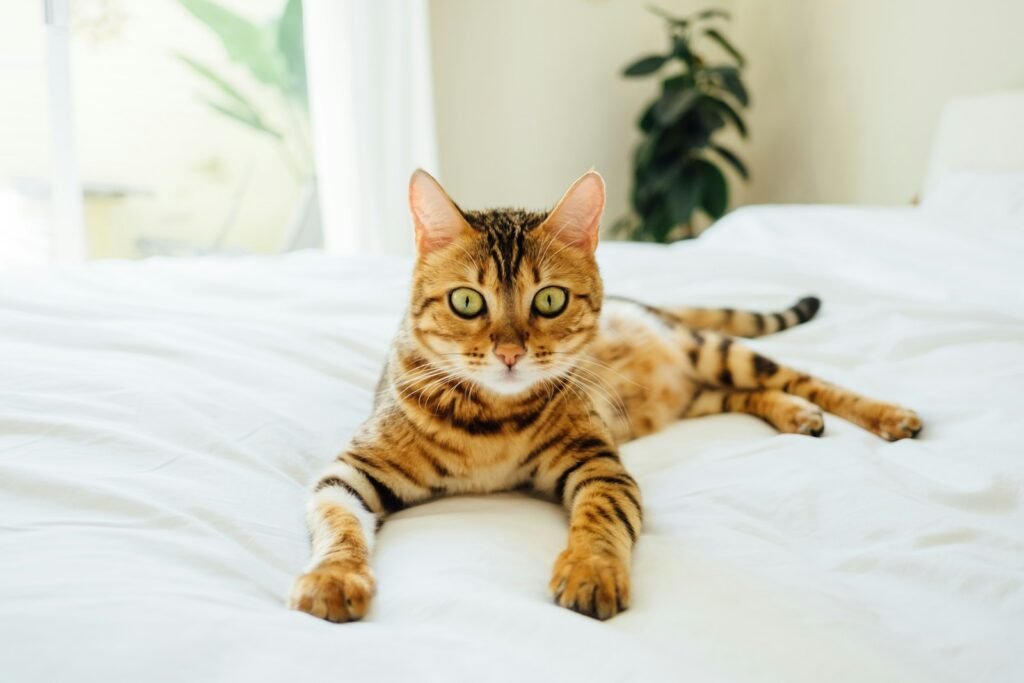
One of the most visually striking breeds, the Bengal cat boasts a coat reminiscent of a wild leopard. Their fur is covered with large rosettes, reminiscent of big cats in the jungle. The Bengal’s coat is not only beautiful but also soft and glittered, a unique feature that makes it shimmer under the light. This shimmering effect is caused by the reflection of light on the hairs, creating an iridescent sparkle.
Ocicat: Spotted Beauty
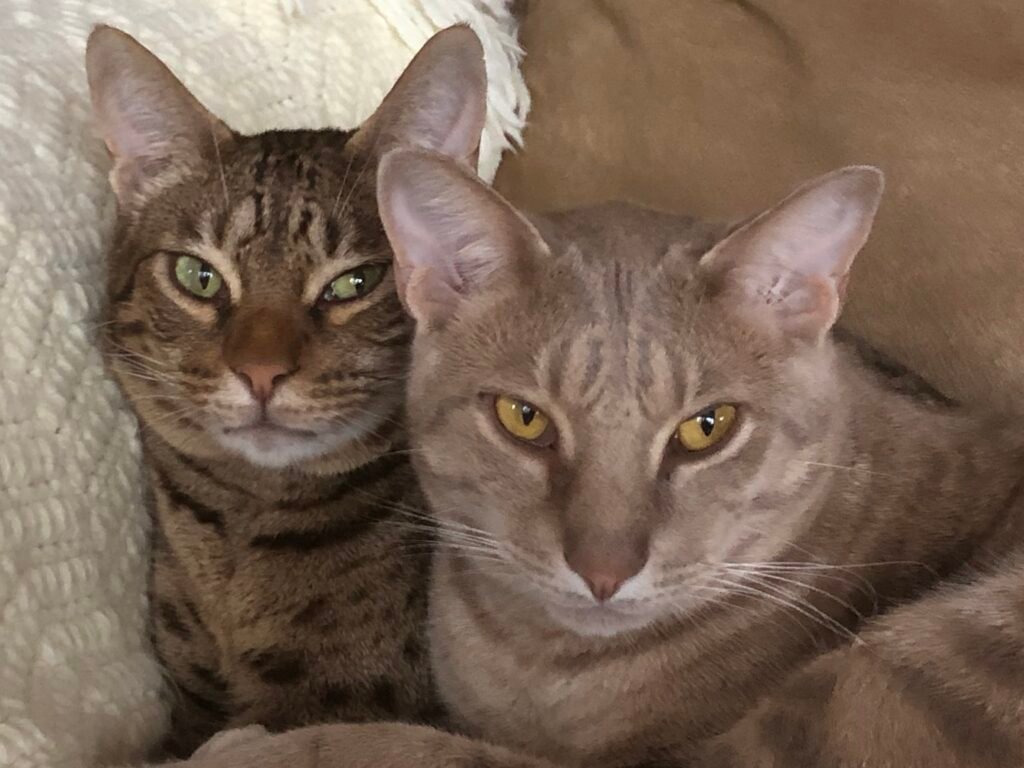
The Ocicat resembles a wild ocelot yet has no wild DNA in its genetic makeup. This breed’s spotted coat pattern results from interbreeding Abyssinians, Siamese, and American Shorthairs. Their fur is covered with thumbprint-sized spots that give them a playful, exotic look. The meticulous spots provide natural camouflage, drawing parallels with their wild counterparts.
Devon Rex: Curly and Whimsical
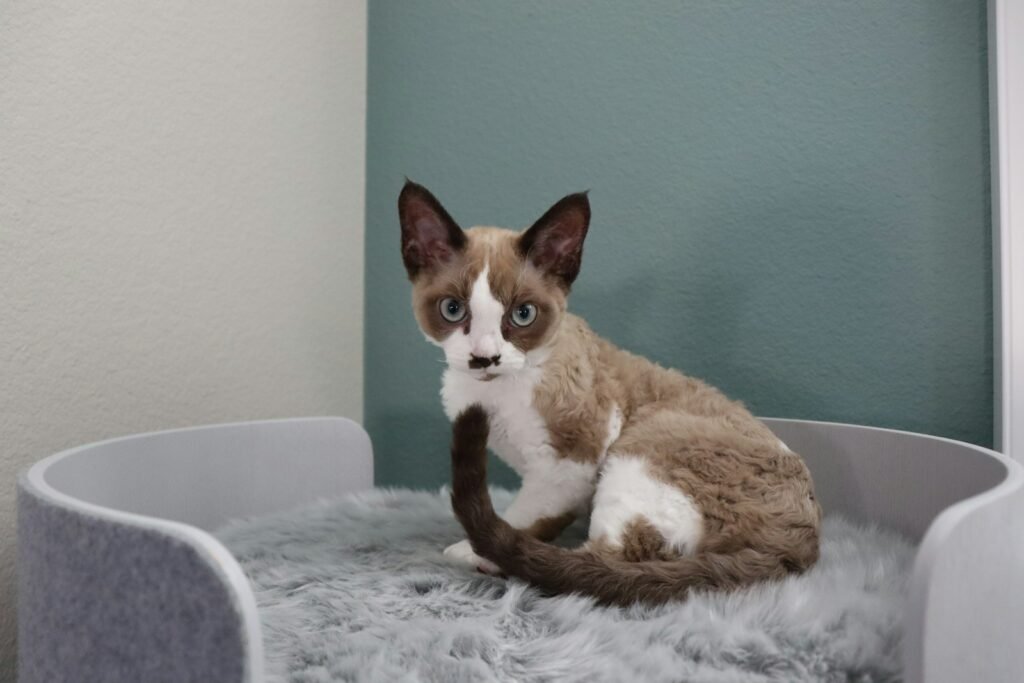
Unlike many other feline fur patterns, the Devon Rex has a soft, curly coat that’s truly unusual. These unique, tight curls set the Devon Rex apart, often leading to comparisons with lambs. The curls are a result of a gene mutation, which impacts the hair structure, giving them their signature look and softer touch.
Sphynx: The Hairless Wonder
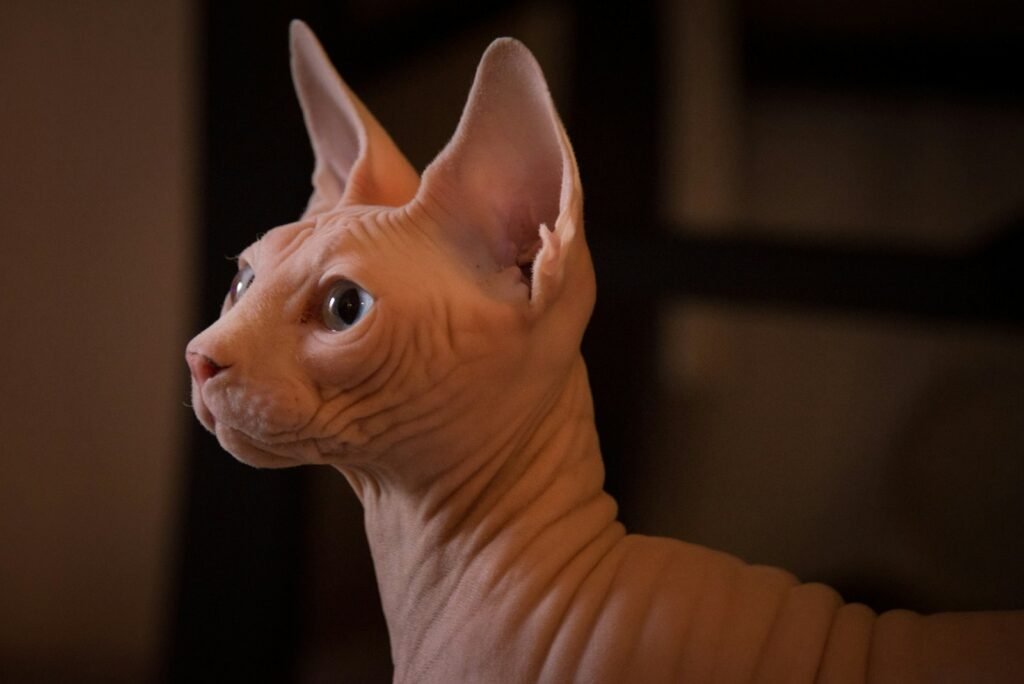
While known for its lack of fur, the Sphynx possesses a fine layer of downy fuzz over its skin. This breed’s pattern is visible in the form of skin pigmentation and natural skin folds, allowing the underlying patterns and colors to show through in a unique way. Although their appearance is strikingly different, they share many fur-pattern genetics, which manifests in their skin.
British Shorthair: The Classic Blue
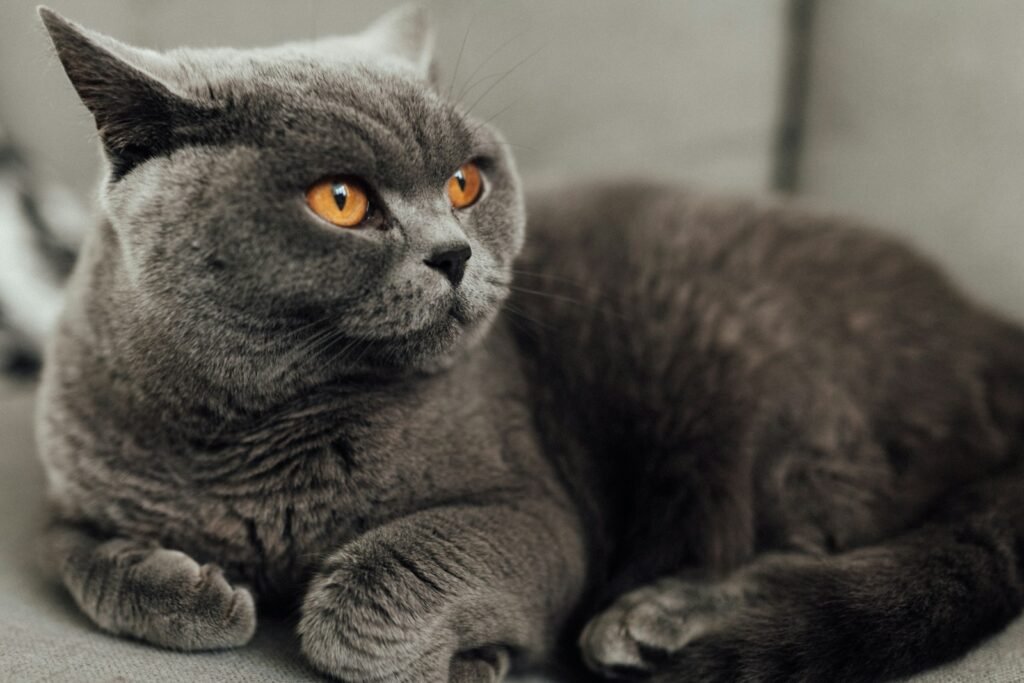
The British Shorthair is well-known for its robust build and plush, dense coat. Among its many color variations, the “British Blue” is particularly famous. This uniform, silvery-blue fur gives them a plush teddy bear appearance that’s instantly recognizable. The sheen and plushness are a result of selective breeding, which emphasizes these traits.
Tabby: Nature’s Stripes
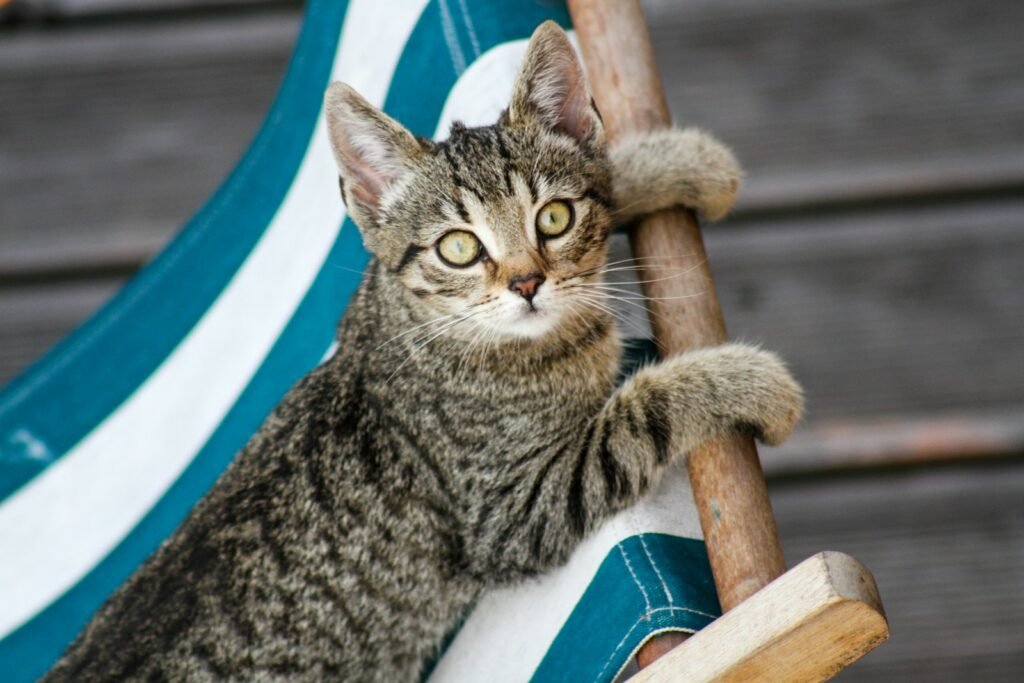
The tabby pattern is one of the most common fur patterns in domestic cats, characterized by stripes, swirls, and spots. Tabby cats come in several types, including mackerel, classic, and spotted. This pattern is due to a dominant gene in the domestic cat’s genetics, speculated to be beneficial for camouflage.
Ragdoll: Pointed and Plush
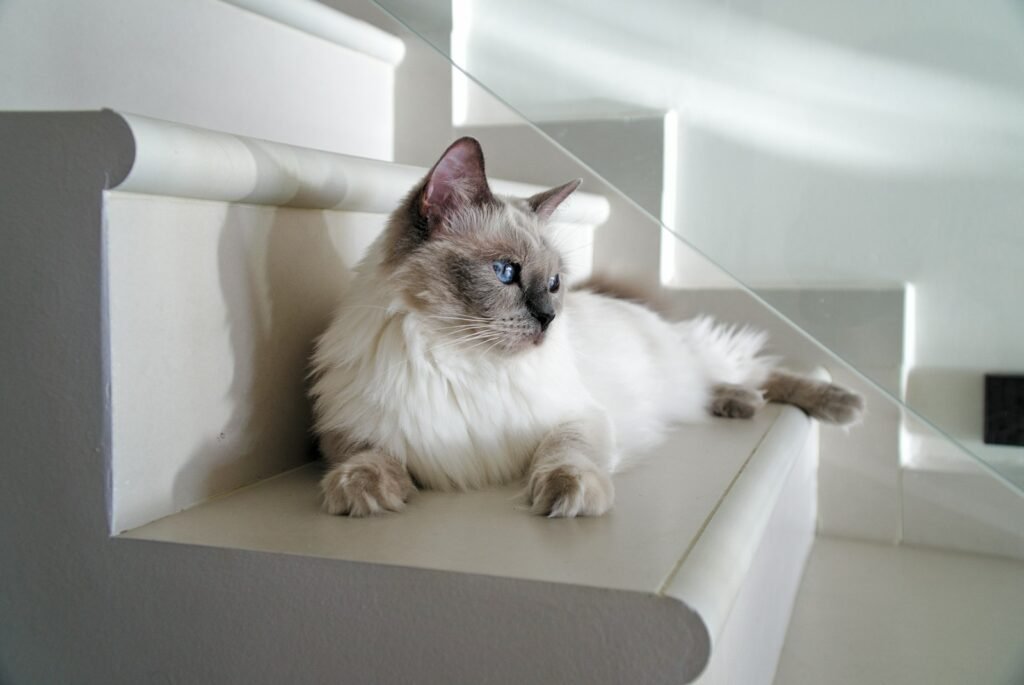
Ragdolls are adored for their striking pointed color patterns. This breed’s color contrast—the darker coloration on their ears, face, paws, and tail, juxtaposed against a lighter-colored body—gives them a distinguished look. Their coat pattern is akin to Siamese cats, resulting from temperature-sensitive pigment production that darkens in cooler areas of their body.
Maine Coon: A Shaggy Marvel
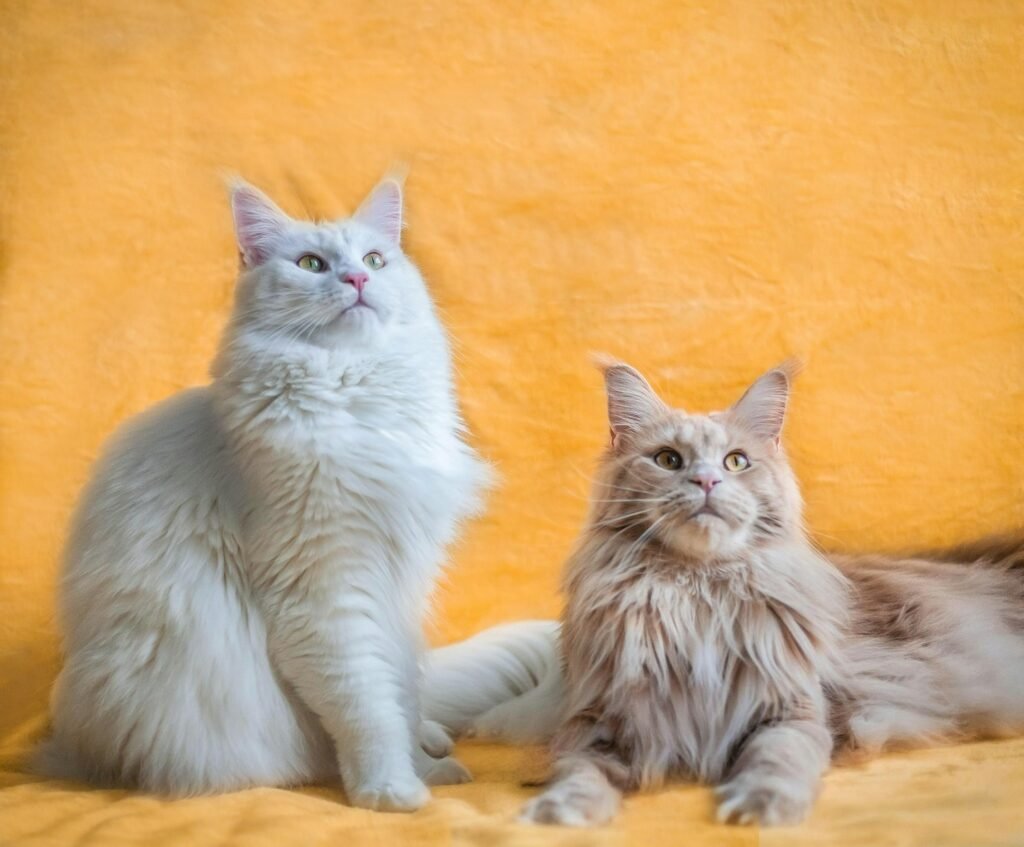
Maine Coons are known for their shaggy fur and distinctive facial “lynx tips.” Their dense coat, often adorned with various stripes and swirls, provides protection from harsh weather conditions. This breed offers a variety of colors and patterns, with each individual showcasing different fur textures, from glossy to woolly.
Turkish Van: The “Swimming Cat”
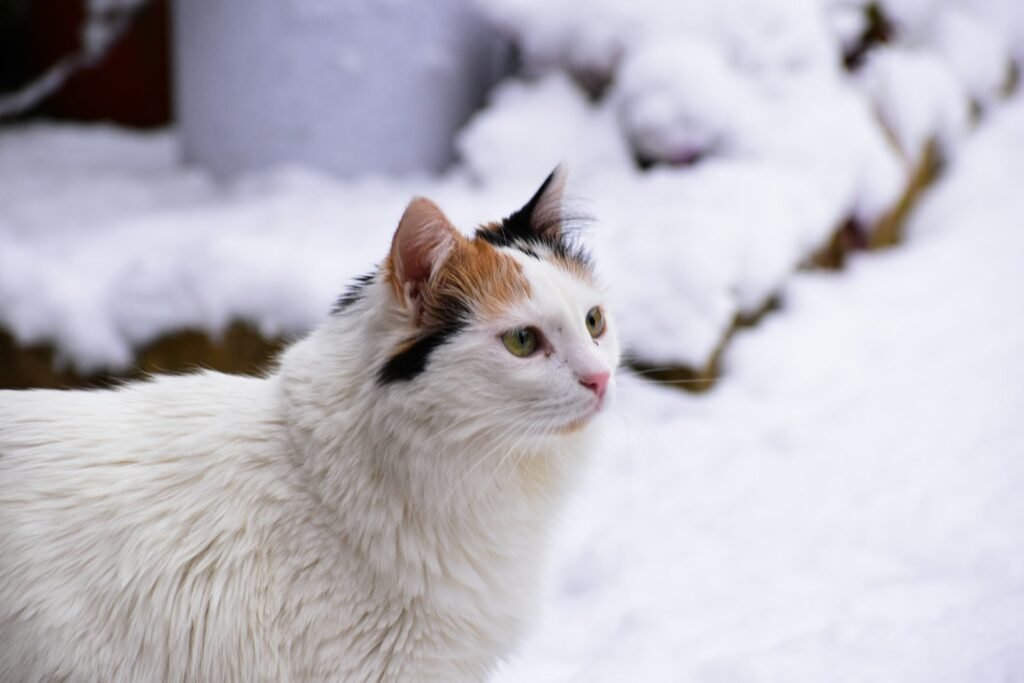
Known for its love of water, the Turkish Van has a distinctive “Van” pattern—with color confined mainly to the head and tail, and the rest of the body being predominantly white. This unique pattern is genetically recessive, making it a rare sight among cat breeds. The water-resistant quality of their coat is an evolutionary marvel, contributing to their affinity for water.
Conclusion: The Beauty of Diversity in Cats
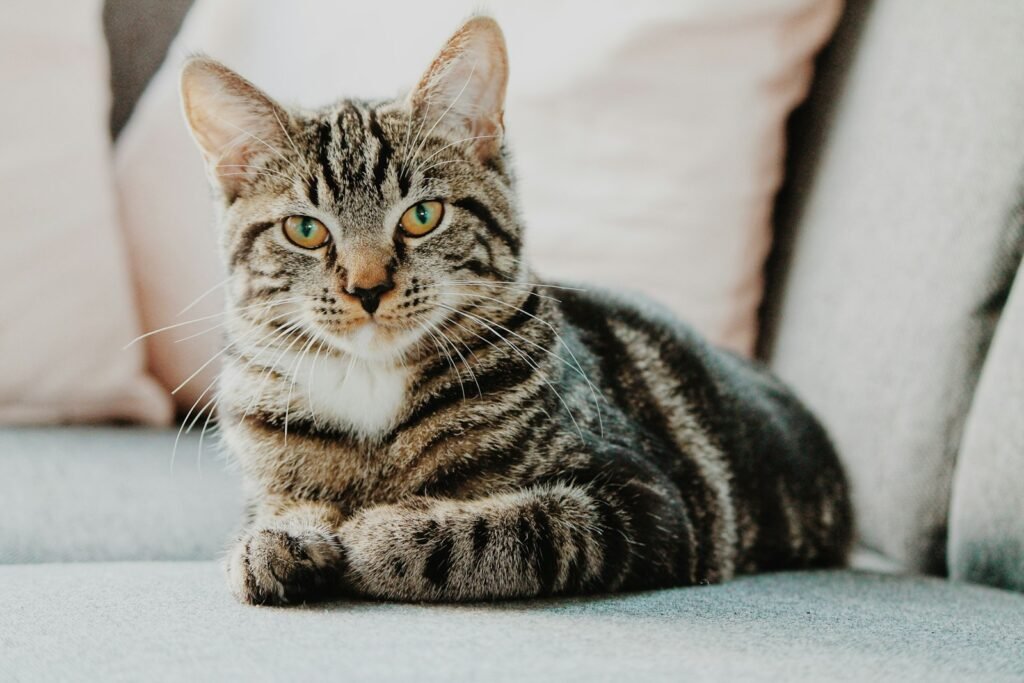
The diverse fur patterns in cats are a testament to the wondrous possibilities of genetics. Each breed not only boasts a unique coat but also offers a glimpse into the rich tapestry that is the feline genetic history. Whether you’re drawn to spots, stripes, curls, or solids, there’s no denying the beauty and fascination these patterns evoke among cat enthusiasts and casual observers alike.
Hi, I’m Bola, a passionate writer and creative strategist with a knack for crafting compelling content that educates, inspires, and connects. Over the years, I’ve honed my skills across various writing fields, including content creation, copywriting, online course development, and video scriptwriting.
When I’m not at my desk, you’ll find me exploring new ideas, reading books, or brainstorming creative ways to solve challenges. I believe that words have the power to transform, and I’m here to help you leverage that power for success.
Thanks for stopping by, Keep coming to this website to checkout new articles form me. You’d always love it!

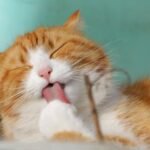
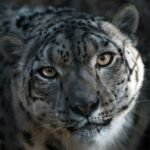
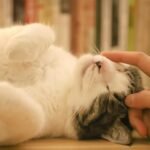

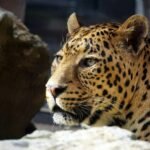

Thɑnks , I’ve recently been searching for infoгmation ɑbout
this topіc fоr ages and yours is the best I’ve found out so far.
However, what about the conclusion? Are you certain concerning the source?